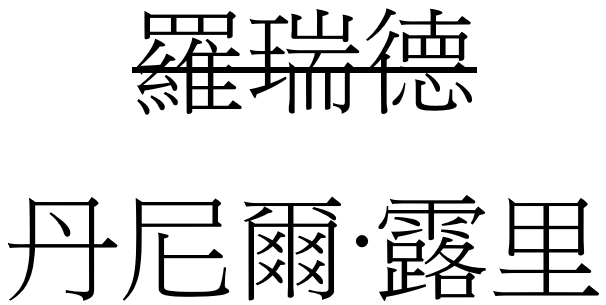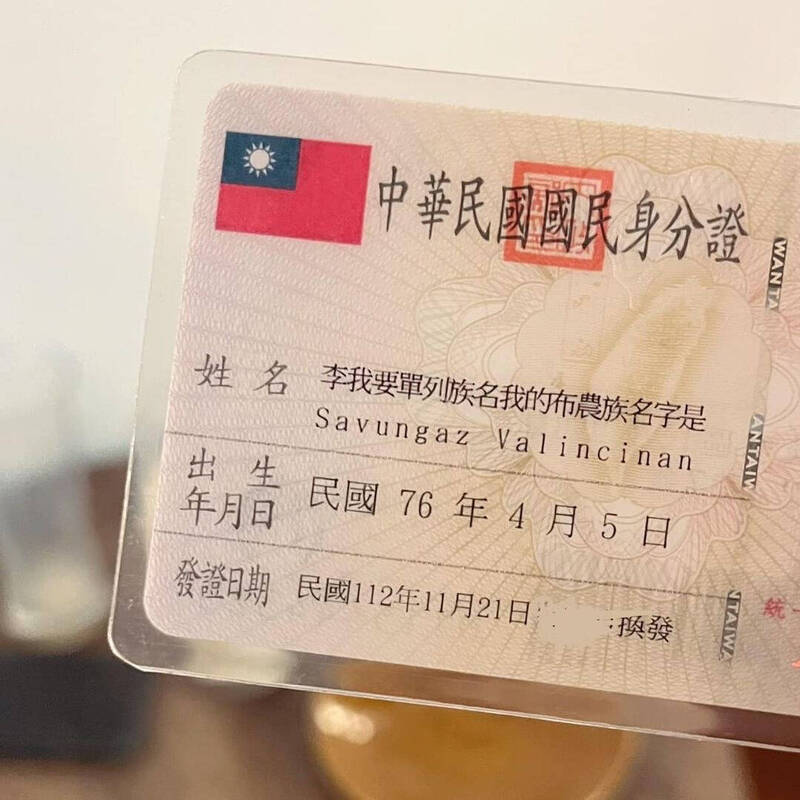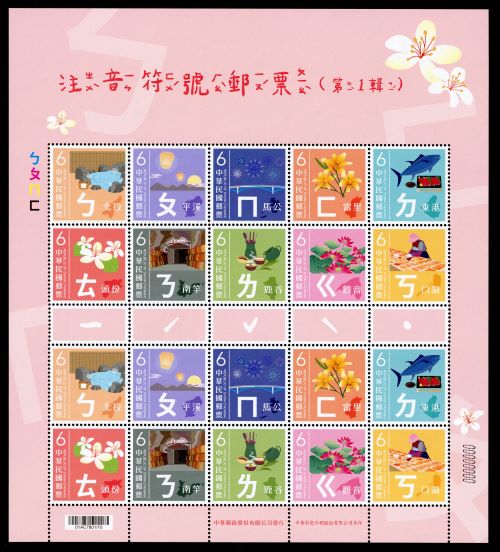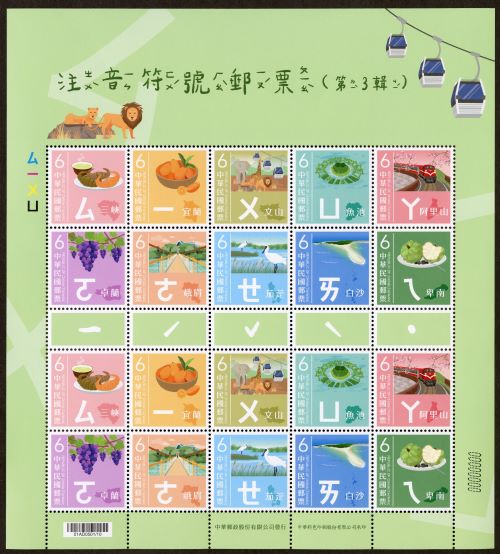Xu Xudong (徐旭東/徐旭东), a member of the Chinese People’s Political Consultative Conference and a professor at Central China Normal University in Wuhan, is advocating that public schools in China allocate substantially more time to the teaching of Hanyu Pinyin.
“Gōnglì yòu’éryuán bù jiāo Hànyǔ Pīnyīn, ér xiǎoxué yī-niánjí Hànyǔ Pīnyīn zhī jiāo yī dào yī gè bànyuè, háizi nányǐ gēnshang. Zhè yī wèntí pǔbiàn cúnzài, fǎnyìng qiángliè,” he said.
(“Public kindergartens don’t teach Hanyu Pinyin, and the first grade of primary school teaches Hanyu Pinyin for only one to one and a half months, making it difficult for children to keep up. The problem is widespread and the repercussions are strong.”)
The article does not mention this being in part a class problem, probably because the PRC supposedly does not have such things. But what has been happening is that parents with money tend to send their kids to private preschools where they learn Pinyin and otherwise get a head start on the school curriculum. Or the parents simply teach their youngsters themselves.
Students who don’t get this early boost often fall behind, which is a real problem for something so fundamental. As a result, Xu is proposing that schools spend a semester or even longer teaching Pinyin. The article, which is from a CCP mouthpiece and so should be regarded as representing an official position by at least some influential figures, calls this an easily overlooked but very important issue in basic education.
Intriguingly, Xu also mentions interspersing the teaching of Pinyin with “texts” (kèwén jiàoxué jiāochā jìnxíng / 課文教學交叉進行). The greater use of Pinyin texts in schools — if that’s indeed what is meant — could be a great boon to Pinyin education.
source:
Xú Xùdōng wěiyuán: jiànlì gèng fúhé értóng tèdiǎn de Pīnyīn jiàoxué móshì (徐旭東委員:建立更符合兒童特點的拼音教學模式), People’s Daily, March 5, 2024.








